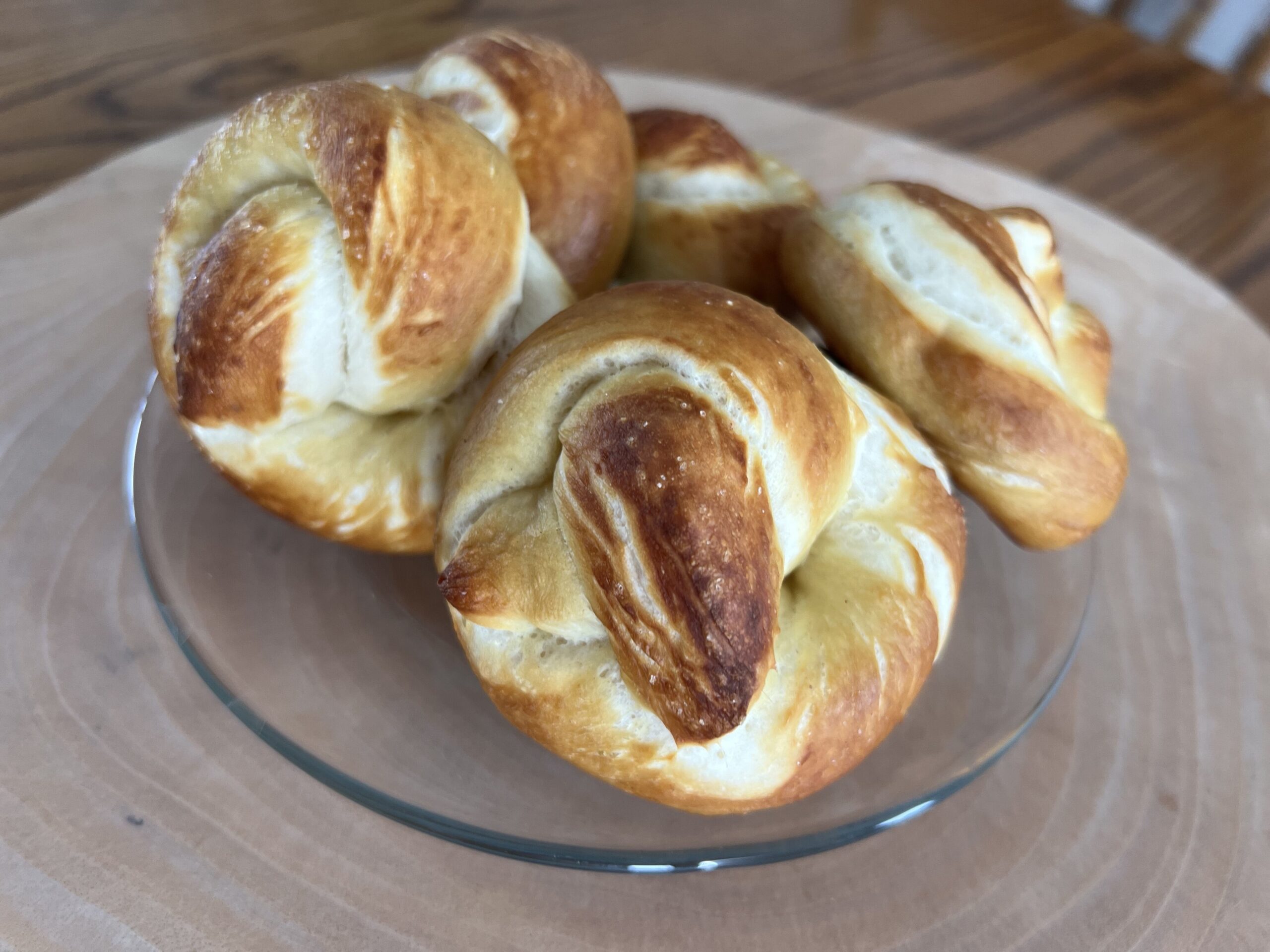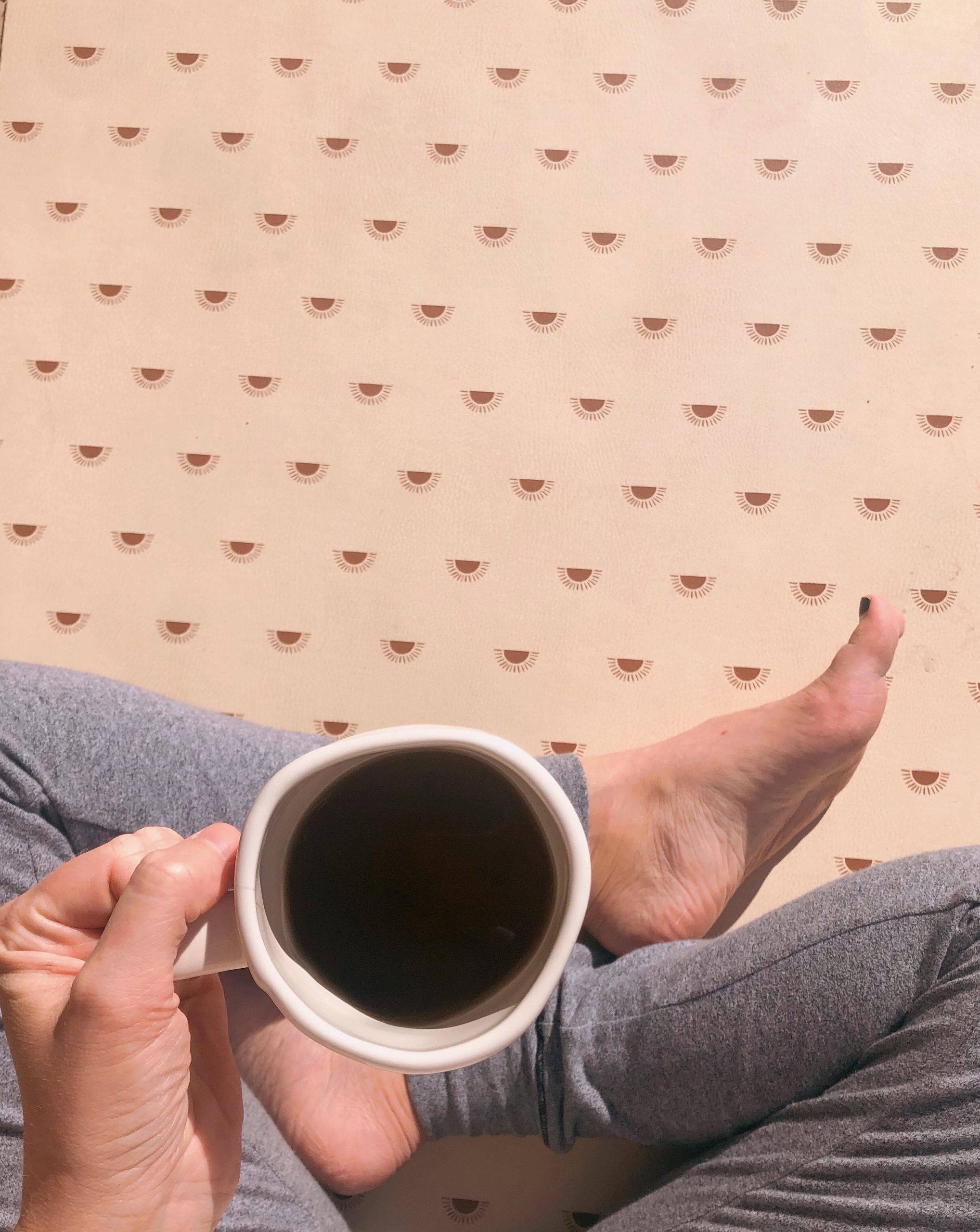There is a word that I can hardly say without cringing. For the simple reason that you won’t understand this post unless I utter it, I will. That’s how much I care about your health. Margarine. I try to stay away from “fake food” as much as possible. In fact, a lot of it creates the same reaction in me that margarine does. I have decided to reveal some of these “fake foods” on the blog, beginning with one of the most heinous. Margarine.
How margarine is made (Quoted from Sally Falon’s, Nourishing Traditions):
“Hydrogenation: This is the process that turns polyunsaturates, normally liquid at room temperature, into fats that are solid at room temperature- margarine and shortening. To produce them, manufacturers begin with the cheapest oils- soy, cor, cottonseed or canola, already rancid from the extraction process- and mix them with tiny metal particles- usually nickel oxide. The oil with its nickel catalyst is then subjected to hydrogen gas in a high-pressure, high-temperature reactor. Next, soap-like emulsifiers and starch are squeezed into the mixture to give it a better consistency; the oil is yet again subjected to high temperatures when it is steam-cleaned. This removes its unpleasant odor. Margarine’s natural color, an unappetizing grey, is removed by bleach. Dyes and strong flavors must then be added to make it resemble butter. Finally, the mixture is compressed and packaged in blocks or tubs and sold as a health food.
Partially hydrogenated margarines and shortenings are even worse for you than the highly refined vegetable oils from which they are made because of the chemical changes that occur during the hydrogenation process. . .
. . . Altered partially hydrogenated fats made from vegetable oils actually block utilization of essential fatty acids, causing many deleterious effects including sexual dysfunction, increased blood cholesterol and paralysis of the immune system. Consumption of hydrogenated fats is associated with a host of other serious diseases, not only cancer but also atherosclerosis, diabetes, obesity, immune system dysfunction, low-birth-weight babies, birth defects, decreased visual acuity, sterility, difficulty in lactation and problems with bones and tendons. Yet hydrogenated fats continue to be promoted as health foods. The popularity of margarine and shortening over butter represents a triumph of advertising duplicity over common sense. Your best defense is to avoid them like the plague.”
(My emphasis added)
I completely agree with what Fallon has to say. I don’t buy anything “Fat Free” or “Low Fat” if I can help it. We drink whole milk, and I use cream and butter as much as I can. The chemicals that are added to foods to make them taste “okay” (I use the term loosely) after the fat is removed are far worse for you than the actual fat. Fat is NATURAL; people have lived off of it for thousands of years. As soon as the “Fat Free” revolution hit, so did the obesity epidemic. Explain that to me. It doesn’t add up.
The following statement sums it up better than I could:
“In 1977 the U.S. Department of Public Health issued a statement encouraging Americans to eat less fat. In 1988 the U.S. Surgeon General recommended that we restrict our consumption of dietary fat. The assumption was that as we eat less fat the thinner we would become. The multi-billion-dollar food industry was quick to jump on the bandwagon. The race was on to produce fat-free everything. If food didn’t have fat then it was OK to eat as much as you wanted.
Americans consumed more fat-free foods in the 90’s than the previous three decades combined. This fat-free philosophy is exactly why we are becoming so obese as a society. Obviously if fat were the problem, then obesity would have decreased during this time. Instead, obesity did not decrease but skyrocketed to unprecedented levels.
But fat is not bad for you. Being fat is. The two are not related! Fat actually helps to satisfy our appetites and keeps us from eating too much or too often. Fat is also an important flavoring for food.”
To read the rest of this article: http://www.diabeteshealth.com/read/2008/12/25/5658/the-fat-free-fallacy-is-it-obesitys-great-enabler-/
An article titled The Real Cause of the Global Obesity Epidemic, on washingtonsblog.com states:
“In the same way that the financial crisis, BP oil spill and Fukushima nuclear disaster were caused by fraud and greed, we are daily exposed to obesity-causing chemicals because companies make an extra buck by lying about what is in their product, cutting every corner in the book, and escaping any consequences for their health-damaging actions.”
The food industry is tainted, and that is another post for another day. Simply stated, we are being marketed food that isn’t good for us. And we’re buying it. I’m not above it. I see those shiny labels and claims of good, nutritious ingredients everywhere I turn in the grocery store. It’s frightening. I hope that by uncovering some of these “fake foods” we can all become a little more aware of what we’re actually buying. READ YOUR LABELS.
And please, please, PLEASE, eat BUTTER, not margarine.
Comments +
Leave a Reply to Amber Cancel reply
ALL THE LATEST
about me
Hey, I'm Kels!
a homeschooling mom of four who used to blog about food, has a book about sourdough, and who is now walking through the grief of losing my dad.
I have lots of recipes and resources, but now it's just about me being real, walking through the messy and beautiful parts of life.
Targeted Sound Healing
Deep, energetic, permanent, and completely personalized healing.
FREE DOWNLOAD
How to Make Your Own Sourdough Starter
I am so excited to take you, step by step, through the process of making your own sourdough starter. It might seem a little intimidating at first, but if you stick with it, your time and patience will be rewarded with a lifetime of sourdough goodies!






Amen! I don't buy margerine anymore and I have switched to 2% milk instead of 1% (baby steps).
Great post.
Mmm. I love butter 🙂
too bad you don't live closer, lane would let you have all the milk you wanted!! around here we fight for the first cup of milk when lane brings in a fresh batch – it has all the cream in it! perks of being married to a dairy farmer! Fresh milk and butter FULL FAT for four years now!